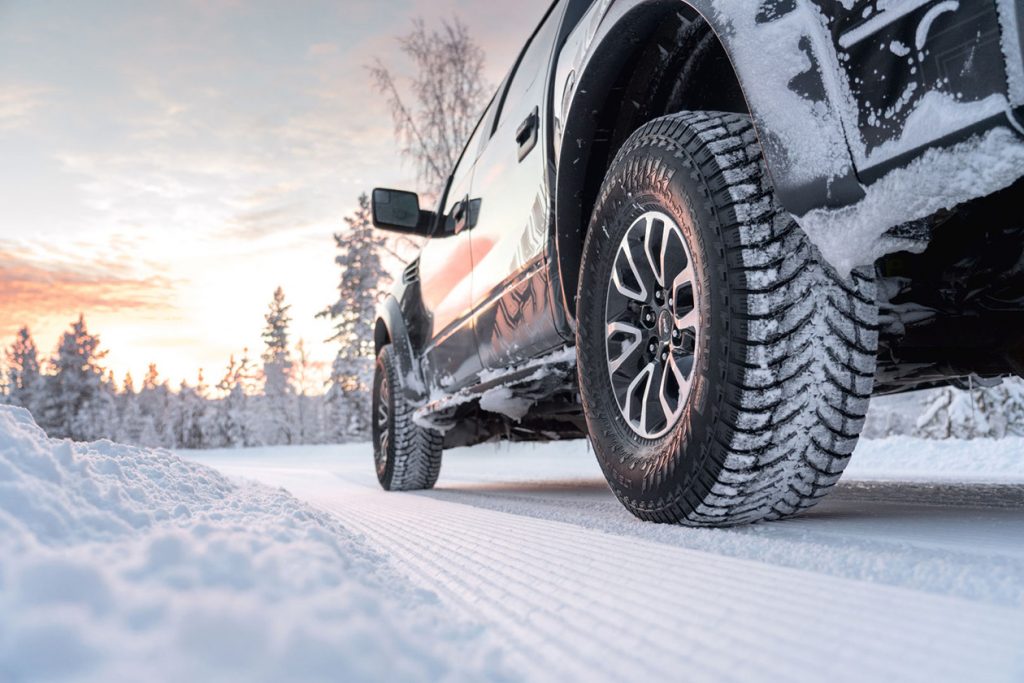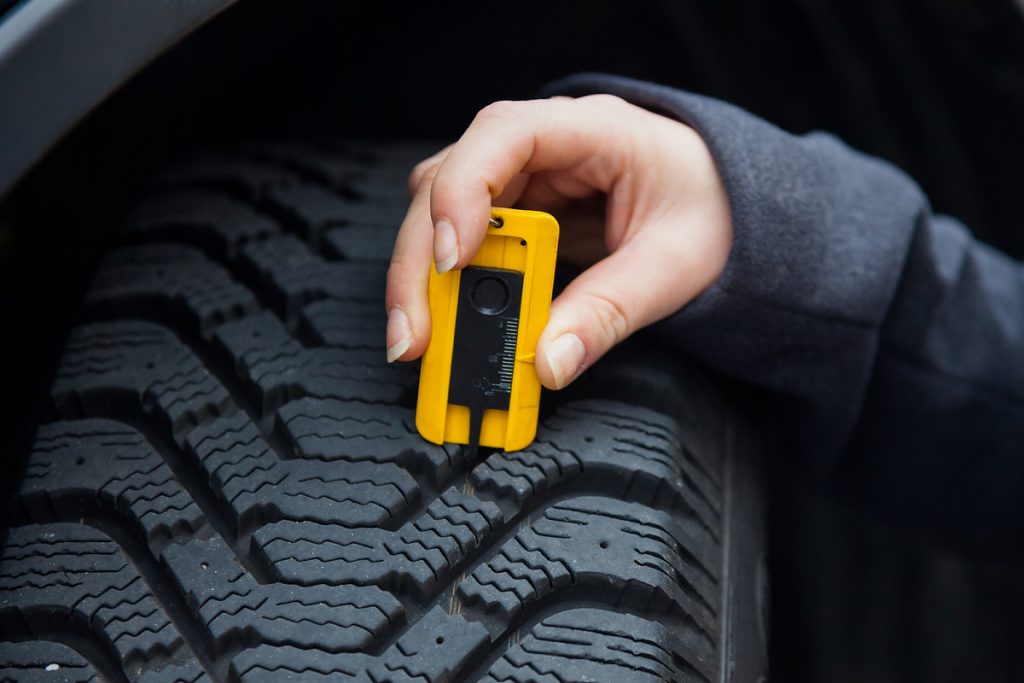In anticipation of the seasonal tire fitting, some drivers inspecting their winter tires are surprised to find that with moderate mileage over the past season, they have worn much more than expected. In order to avoid this situation in the future, it is important to pay attention to the main factors contributing to premature tire wear.

Unformat
Using summer tires in winter is not safe, but that does not stop everyone. There is a category of drivers who may drive all summer on a winter set. And although it is not expressly forbidden, it is categorically not recommended: the rubber compound has much more natural rubber, which ensures the softness of tires in low temperatures – among other things, this means that in the heat of winter tire washed on the asphalt is much stronger.
Tire camber and pressure
Perhaps the most popular cause of tire problems is improper camber. Not all drivers follow the recommendations to adjust the wheel alignment after every tampering with the car’s suspension. If this check is not done in time, it may turn out later that the front or rear pair of tires is “eaten away” from the edges.ъ

Improper tire angles can be competed by an equally popular cause of rapid tire wear – improper tire pressure. It is necessary to check pressure in tires once in three weeks and necessarily – before long trip.
Defective suspension
Adjustment of the running gear kinematics is an extremely complex and responsible process, during which many factors are taken into account. Only after that the new car model can be put on the assembly line. At the same time, damage to the suspension during operation can immediately affect the condition of the tires: this is also indicated by multiple zones of increased wear of the tread. These symptoms are an indication to visit a service station and check the suspension of the car.
Aggressive driving
Forcing curbs at speed leads to deformation of the tire carcass, which, though it has a reserve of strength, but after certain loads does not return to its former shape. In severe cases the tire may have a dent or a tear, which makes it unusable, but even if it looks good, kerb jumping damage is geometrically irregular and will probably reduce tire life expectancy. Nokian Tyres has found a solution to the problem of damaged sidewalls and has developed the Aramid Sidewalls technology. The use of extra-strong aramid fibres increases the sidewall’s resistance to punctures and cuts, ensures even better tire mileage and gives drivers more confidence on the road.
And, of course, it’s worth paying attention to your driving style. The faster a car goes around a corner and the higher its weight, the more the tires rub off, providing the necessary traction and keeping the car on track.

Consequences of improper storage
The condition of tires can be adversely affected not only by improper use, but also by improper storage. Tires should be stored in a cool, well-ventilated and humid area. In addition, tires without rims must not be stacked on top of each other or hung up and tires with rims must not be stored vertically.
